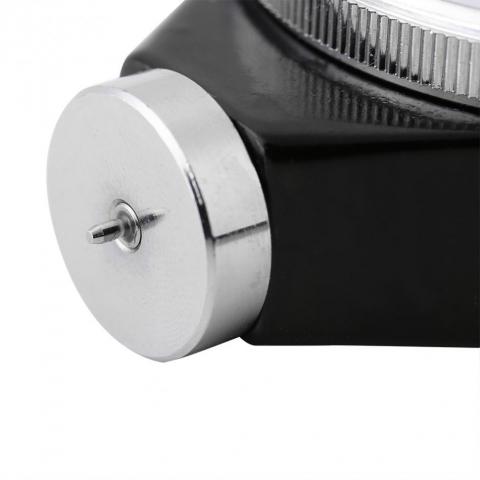Our friend BB is very selective who he answers and what he answers.
You may notice that my """very important question""" in post #18 has simply been ignored.
Does it mean there might be a flaw in his academic formula that was not considered.????
Do we all need more popcorn and more beer ????
Life is complicated, so many questions 😂
Sometime I get busy. I am "camping" now but I have internet.
The answer to your very important question is probably yes but your questions isn't defined well enough. If you are simply asking if the ball hits the paddle at a 30 degree angle then the normal impact speed is cos(30deg) times the impact speed. The tangential impact speed is sin(30deg) times the impact speed. The normal impact speed will be less so it won't compress the sponge as much or tend to bottom out. The tangential impact speed will stretch the top sheet some. The pips will bend underneath to allow this. The sponge may stretch a little tangentially.
Really, the sin() and cos() thing is basic. What stretches tangentially the most is unknown....... for now. Obviously we don't know what stretches tangentially the most. We can't see this with a high speed camera but the top sheet and sponge can be tested separately. I bet someone know.
My spider sense tell me the top sheet stretches tangentially the most.
Yes, sometimes people focus on the sponge using the model of a cushion and forget that the sponge also has the effect of a trampoline.
Yes, but if you paid attention I did a test and showed how much force is required to compress a rubber in increments of 0.001 inches.
It is not linear at the start because not much of the ball has made contact with the rubber yet. After that it is pretty linear.
So what is your point or are you just trying to confuse the issue?
BTW, the math for a real trampoline is quite complex. So how does it apply to TT rubbers?













